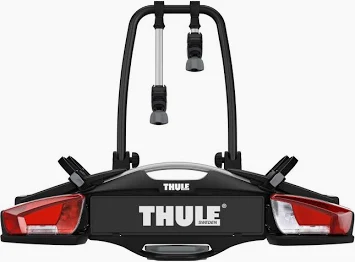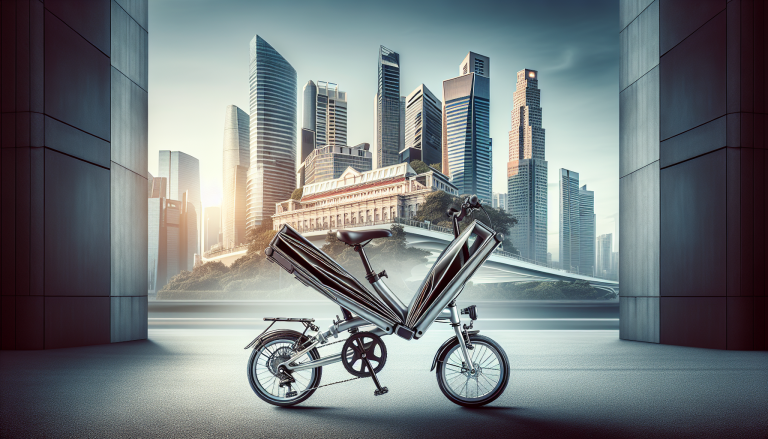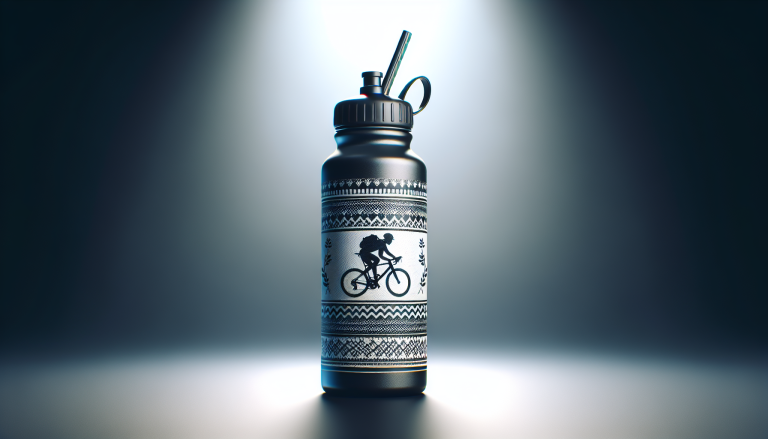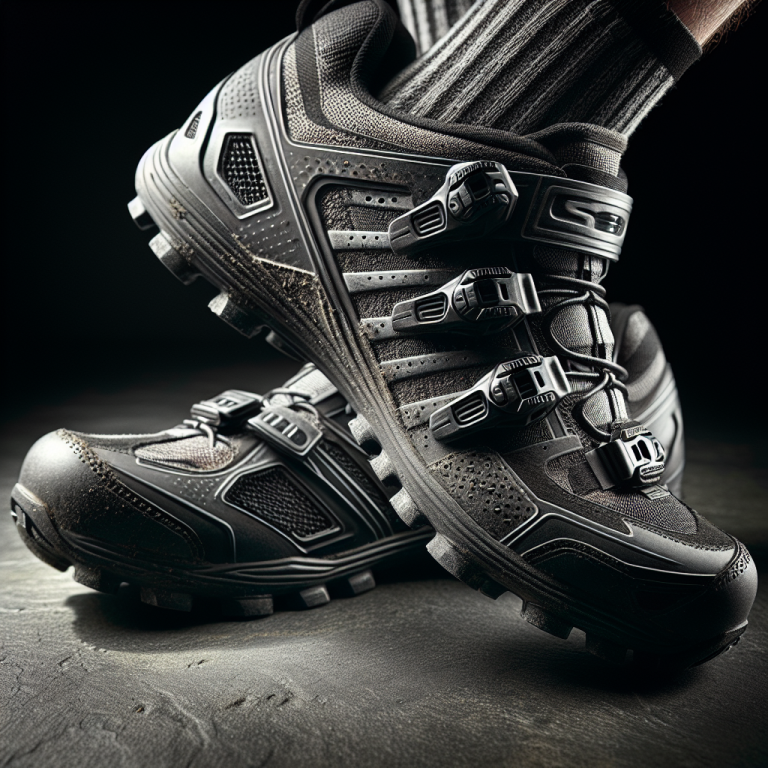If you’re an avid cyclist or simply enjoy riding your bike on weekends, you’ll definitely want to read this article. The “Guide to UK Bike Carriers” is your go-to resource for finding the perfect carrier to transport your bike safely and conveniently. With an array of options in the market, we understand how overwhelming it can be to choose the right one. That’s why this guide breaks down everything you need to know about bike carriers, helping you make an informed decision. From roof racks to hitch-mounted carriers, we’ve got you covered, ensuring your next cycling adventure is hassle-free and enjoyable. So, let’s get started and explore the world of UK bike carriers together.
Table of Contents
ToggleTypes of Bike Carriers
When it comes to transporting your beloved bikes, having the right carrier is essential. There are three main types of bike carriers to choose from: roof-mounted, Tow Bar mounted, and boot-mounted. Each type has its own advantages and disadvantages, so it’s important to consider your specific needs before making a purchase.
Considerations Before Purchasing
Before diving into the world of bike carriers, there are a few key factors you should take into consideration. First and foremost, you’ll need to determine the number of bikes you plan on transporting. This will help you determine which type of carrier is best suited for your needs.
Secondly, you’ll need to ensure compatibility with your vehicle. Not all carriers are designed to fit every type of car, so it’s important to check the manufacturer’s guidelines to ensure a proper fit.
Installation and removal should also be taken into account. Some carriers require more effort and time to install and remove than others. If convenience is a priority for you, it might be worth considering carriers that offer a quick and easy setup.
Security features are another important consideration. You’ll want to make sure your bikes are properly secure during transportation. Look for carriers with features such as locks and straps to keep your bikes safe and sound.
Weight and size are also important factors to consider. Make sure the carrier you choose can handle the weight of your bikes without compromising safety. Additionally, consider the overall size of the carrier and how it may impact the aerodynamics of your vehicle.
Last but not least, price range should be taken into consideration. Set a budget for yourself and explore options within that range. Remember, investing in a high-quality carrier may save you money in the long run by providing added durability and security.
Roof-mounted Bike Carriers
Roof-mounted bike carriers are a popular choice among cyclists due to their versatility and ease of use. These carriers are installed on the roof of your vehicle and can accommodate various bike sizes and styles.
One of the main advantages of roof-mounted carriers is that they don’t obstruct your rear view while driving. This can be especially beneficial if you frequently rely on your rearview mirror or if you have a rear-mounted camera on your vehicle.
However, one disadvantage of roof-mounted carriers is that they can be more difficult to load and unload compared to other types of carriers. You’ll need to lift your bike onto the roof, which can be challenging for some individuals.
Popular brands of roof-mounted bike carriers include Thule, Yakima, and Saris. These brands are well-known for their durable and reliable carriers, offering a range of options to suit different budgets and preferences.
Tow bar-mounted Bike Carriers
Tow bar-mounted bike carriers are another popular option, especially for those who don’t want to deal with lifting their bikes onto the roof. These carriers are attached to the hitch receiver on the back of your vehicle, making them easy to install and remove.
One advantage of Tow bar-mounted carriers is their accessibility. Since they are mounted at the back of your vehicle, loading and unloading your bikes is a breeze. Additionally, they are generally more stable compared to roof-mounted carriers.
However, one drawback of tow bar-mounted carriers is that they can obstruct access to your vehicle’s boot or rear door. If you need frequent access to your boot during your cycling adventures, this might be a factor to consider.
Popular brands of tow bar-mounted bike carriers include Thule, Yakima, and Kuat. These brands offer a variety of models with different carrying capacities and features to suit your needs.
Boot-mounted Bike Carriers
Boot-mounted bike carriers are a budget-friendly option for those who don’t want to invest in more expensive roof or Boot-mounted carriers. These carriers are attached to the boot or hatchback of your vehicle, making them easy to install and remove.
One advantage of boot-mounted carriers is their affordability. They are typically less expensive compared to roof or boot-mounted carriers, making them a popular choice among budget-conscious cyclists.
However, boot-mounted carriers do have some limitations. They may not be as durable or secure as roof or boot-mounted carriers, and they can obstruct access to your vehicle’s trunk or rear door.
Popular brands of boot-mounted bike carriers include Allen Sports, Saris, and Hollywood Racks. These brands offer a range of options suitable for various bike sizes and vehicle types.
Safety Tips for Using Bike Carriers
While bike carriers are a convenient way to transport your bikes, it’s important to prioritize safety. Here are some tips to keep in mind:
- Securely fasten the bike: Make sure your bike is securely fastened to the carrier using straps or locks. Double-check that all connections are tight and secure before hitting the road.
- Check the carrier regularly: Regularly inspect your bike carrier for any signs of wear or damage. This includes checking straps, locks, and mounting mechanisms.
- Be mindful of height limitations: If you’re using a roof-mounted carrier, be mindful of height restrictions such as low overpasses or parking garages. Ensure your bikes and carrier do not exceed the maximum height of your vehicle.
- Secure loose parts: Before driving, make sure any loose parts such as handlebars or pedals are properly secured to your bike. This will help prevent them from coming loose during transportation.
- Observe weight limits: Every bike carrier has a maximum weight capacity, so make sure you don’t exceed it. Excessive weight can compromise the safety and stability of the carrier.
- Be cautious while driving: Adjust your driving habits when using a bike carrier. Remember that you have extra weight and length behind your vehicle, so take turns and corner carefully to avoid any accidents or damage.
- Protect the vehicle from scratches: Use protective pads or covers to prevent scratches or damage to your vehicle’s paint or finish. This is especially important when using trunk-mounted carriers, as they come in direct contact with your vehicle.
Top Bike Carriers in the UK
If you’re looking for some top-notch bike carriers in the UK, here are a few highly recommended options:
- Thule ProRide 598: This roof-mounted carrier from Thule is known for its sleek design and user-friendly features. It securely holds your bike in place and offers easy loading and unloading.
- Saris Bones 3-Bike: The Saris Bones is a trunk-mounted carrier that offers versatility and durability. Its unique design fits a wide range of vehicles and provides excellent stability during transportation.
- Yakima HoldUp Hitch Carrier: If you prefer a hitch-mounted carrier, the Yakima HoldUp is a great choice. It features a robust construction and secure bike attachment, making it ideal for longer trips or off-road adventures.
- Atera Strada DL 3: The Atera Strada DL 3 is a premium hitch-mounted carrier known for its superior build quality and innovative features. It offers easy bike loading and can accommodate a variety of bike styles.
- Allen Sports Deluxe Trunk Mount: For those on a budget, the Allen Sports Deluxe Trunk Mount is a reliable option. It is easy to install and secures your bikes for worry-free transportation.
How to Install a Bike Carrier
Installing a bike carrier may seem like a daunting task, but with the right steps, it can be a breeze. Follow these instructions for a successful installation:
- Read the instructions: Before beginning the installation process, thoroughly read the instructions provided by the manufacturer. This will ensure that you have a clear understanding of the installation steps and any specific requirements.
- Check the vehicle’s compatibility: Double-check that the bike carrier is compatible with your vehicle. Pay attention to any weight or size restrictions and ensure that your vehicle has the necessary mounting points or hitch receiver.
- Assemble the carrier: If your bike carrier requires assembly, carefully follow the provided instructions to put it together. Take note of any adjustable parts and make necessary adjustments to fit your bikes securely.
- Secure the carrier to the vehicle: Follow the manufacturer’s guidelines to properly attach the carrier to your vehicle. Make sure all fittings, straps, or mounting mechanisms are secured tightly.
- Load the bikes securely: Carefully load your bikes onto the carrier, making sure they are properly fastened and stable. Use straps or locks to secure the bikes and prevent any movement during transportation.
- Double-check everything: Before hitting the road, double-check that all connections are secure and that no parts are loose. Give the carrier and bikes a gentle shake to ensure everything is properly fastened.
Maintenance and Care
To ensure the long-term performance and durability of your bike carrier, regular maintenance and care are essential. Here are some tips to keep your carrier in top shape:
- Cleaning the carrier: Regularly clean your bike carrier to remove dirt, dust, and grime. Use a gentle soap or cleaning solution and rinse thoroughly. Avoid using abrasive materials that could scratch the carrier’s surface.
- Inspecting for damages: Routinely inspect your bike carrier for any signs of wear or damage. Check for loose bolts, cracks in the frame, or frayed straps, and address any issues immediately.
- Lubricating moving parts: If your bike carrier has moving parts, such as hinges or latches, apply a thin layer of lubricant regularly. This will help prevent rust and ensure smooth operation.
- Storing the carrier properly: When not in use, store your bike carrier in a clean and dry area. Keep it away from extreme temperatures or direct sunlight, which can cause premature wear and damage.
Conclusion
Investing in a high-quality bike carrier is a must for cycling enthusiasts who want to take their bikes on various adventures. By considering factors such as the number of bikes, compatibility, convenience, security features, weight, and price range, you can make an informed decision to find the perfect carrier for your needs.
Whether you opt for a roof-mounted, hitch-mounted, or boot-mounted carrier, each type has its own advantages and disadvantages. Be sure to choose a carrier that aligns with your preferences and priorities.
By following safety tips, choosing reputable brands, and properly maintaining your bike carrier, you can enjoy worry-free transportation for your bikes. So, gear up, hit the road, and embark on thrilling cycling adventures with the peace of mind that comes with a reliable bike carrier.








